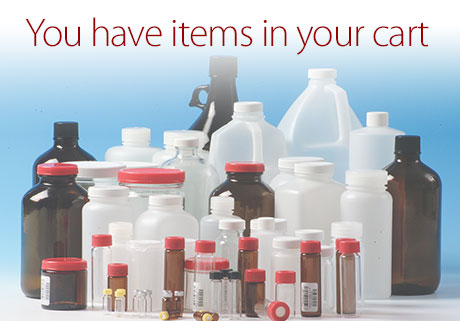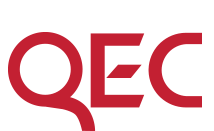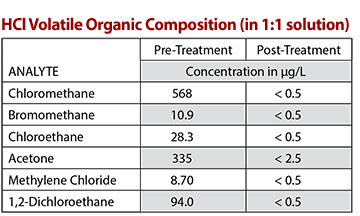 Spring • 2022 Spring • 2022 |
In this Issue: |
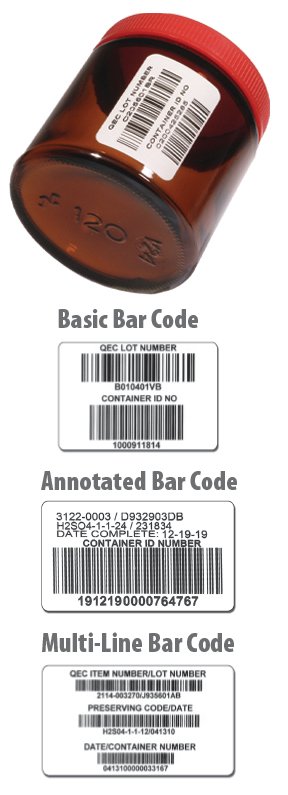 |
Container tracking and sample integrity An important part of maintaining and protecting sample integrity is the ability to track the sample container throughout the process of sample collecting, transit to the lab, analysis, and reporting. A verifiable chain of custody aids in defensibility of results. Moreover, each container having its own "fingerprint" helps identify or eliminate container anomalies should issues arise. QEC Custom Bar Codes will interface seamlessly with your lab’s tracking protocols and/or LIMS program, for complete traceability and absolute accountability. QEC can create bar codes for any of our containers, including Custom-Preserved™. Custom Bar Codes are printed to order on a variety of high quality label stocks. Water-proof inks and permanent adhesives assure long-lived reliability. QEC produces three styles of bar codes, any of which can be customized for each customer's needs. Basic Bar Code: Provides the essential elements to give the container its one-of-a-kind "fingerprint" . Annotated Bar Code: Most frequently used on Level 3 and Custom-Preserved™ containers, these contain all the information necessary to track the container and preservative from production at QEC through the completion of sample analysis. The bar code in the example shown below contains the combined preserving date and container ID number. The rest of the information is in human-readable form that can be keyboarded directly into your LIMS system. If your software permits, QEC can even enter the label information into your LIMS for you. Multi-Line Bar Code: Typically used for Level 3 and Custom-Preserved™ containers. The multi-line format contains all of the information to identify and track the preservative and container in several bar codes. These can be scanned directly into your LIMS, eliminating the need for manual data entry. In addition to those components shown, QEC can incorporate unique identifiers into a custom bar code for you, such as sampling site or laboratory department. For complete information on how custom bar-coding protects your sample integrity, please contact your QEC representative or our customer service team. |
 |
QEC's HCl preservative purification Your HCl vials may be properly cleaned and certified, but what about the HCl itself? Did you know that most of the commercially available hydrochloric acids exceed EPA quantitation limits for certain contaminants, making those acids unsuitable for VOC preservation? EPA guidelines for contaminant-free sample containers recommend there should be no more than one half of the CLP’s Contract Required Quantitation Limit (CRQL) contributed by the container. Surprisingly, the majority of the commercially available acids tested exhibited levels exceeding the CRQL when used as a preservative. QEC uses its own unique procedure to remove or reduce preservative contaminants to better than acceptable levels before adding the HCl to our vials. The table below shows the volatile organic composition of a 1:1 solution of HCl and VOC-free water before and after our treatment process. The result is HCl preserved vials that are absolutely trustworthy for VOC preservation and analyses. Certificates of Analysis for vials and acid can be produced upon request.
|
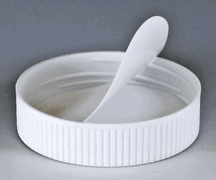 |
The thick and thin of PFTE cap liners The stated thickness requirement for PTFE cap liners is 0.015” (pp. 6-7, EPA Publication 9240.0 05A, “Specifications and Guidance for Contaminant-Free Sample Containers”). ”PTFE” is referred to in EPA Publication 9420.0-05A as “Teflon”, which is a specific brand of polytetrafluoroethylene. The purpose of the liners is to (1) help seal the container and (2) provide a highly resistant chemically inert barrier between the sample and any potential contaminants. Effectiveness of PTFE liners as a barrier is at least in part a function of the thickness of the liner. Many liners sold have a thickness of only 0.010", making a cheaper but possibly less effective product. As liners become thinner they become more porous and eventually will fail to provide an adequate barrier. The efficacy of a 0.010" liner is yet to be determined by regulatory authorities.. Therefore QEC uses only EPA-compliant 0.015” PTFE cap liners. It is QEC’s policy to use only EPA-compliant materials and procedures for all our environmental sampling containers. For more information about EPA standards and QEC quality assurance, please contact your QEC representative or contact Michael McCune ([email protected], 800-255-3950). |
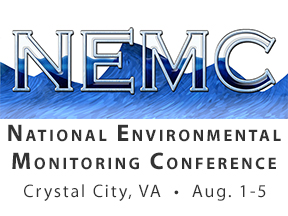 |
QEC will attend NEMC in August The Environmental Measurement Symposium (EMS) is the combined meeting of the National Environmental Measurement Conference (NEMC) and the Forum on Environmental Accreditation. In 2022, EMS will be held August 1-5 at the Hyatt Regency in Crystal City, Virginia. The Conference will include:
If you would like to schedule a meeting time during the Conference, please contactMichael McCune ([email protected], 800-255-3950). |
| © 2022 | Quality Environmental Containers, Inc. |
